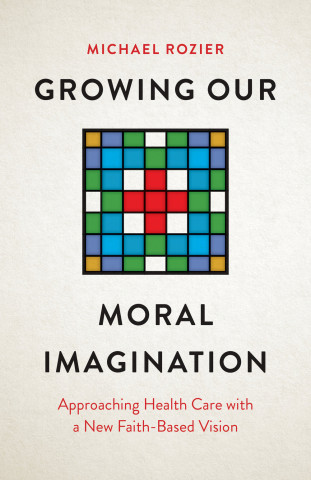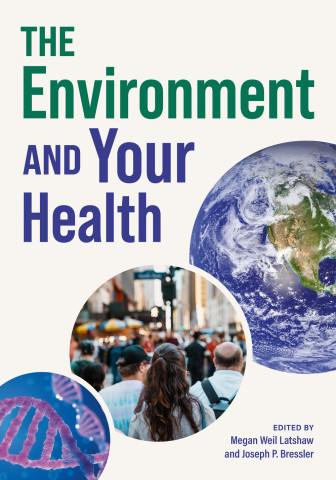
Reviews
In this pioneering work... A. Townsend Peterson breaks new ground... Peterson's approach holds potentially enormous benefits for those charged with determining how disease spreads, and how to control that spread.
His main thesis is repeated like a mantra throughout the text, and was well received by me—disease mapping must move beyond geography and better incorporate ecology and biogeography. Peterson defends this thesis over 20 (mostly very short) chapters primarily via a broad, conceptual overview focused on methodological considerations and caveats to ecological niche modeling (ENM), and through brief descriptions of numerous relevant case studies.
Mapping Disease Transmission Risk fills a gap in the current literature by addressing both the geographic and ecologic aspects of disease ecology.
Book Details
Preface
Acknowledgments
1. Introduction
Ecology and Biogeography
This Book
Conclusions
Part I: Distributional Ecology
2. General Conceptual Framework for Species' Distributions
Historical Background
A General
Preface
Acknowledgments
1. Introduction
Ecology and Biogeography
This Book
Conclusions
Part I: Distributional Ecology
2. General Conceptual Framework for Species' Distributions
Historical Background
A General Schema of Distributional Ecology
Disease Systems
Conclusions
3. Status of Data for Understanding Disease Distributions
Disease Case-Occurrence Data Sets
Relevant Biodiversity Occurrence Data Sets
Georeferencing
The Meaning of No Records
Conclusions
4. Current Tools for Understanding Disease Distributions
The Current Toolkit
Shortcomings of the Current Methodologies
Conclusions
Part II: Disease Modeling Basics
5. Modifications to the Basic Framework
Disease Peculiarities
Real-World Examples: West Nile Virus and Others
Implications for Disease Modeling
Conclusions
6. Modeling Components versus Outcomes
Disease Transmission Systems as Sets of Interacting Species
Black-Box Approaches
Component-Based Approaches
Combined Approaches
Conclusions
7. Space-Only versus Space-and-Environment Models
Examples and Illustrations
Contrasting the Two Types of Models
Conclusions
Part III: Preparing the Data
8. Garbage-In-Garbage-Out Principle
Problems with Data Quality
Biases Created by Geography
Conclusions
9. Assembling Occurrence Data
General Considerations
Obtaining and Improving Occurrence Data
Compatibility and Study Design
Conclusions
10. Assembling Environmental Data
Relevance to Species' Distributions
General Considerations
Modifiable Areal Unit Problem
Specific Data Resources
Conclusions
11. Study Areas and BAM
Defining the Area M
Sampling Considerations
BAM Configurations
Details of M and A for Model Transfers
Conclusions
Part IV: Developing Models
12. Calibrating Niche Models
Introduction to Niche Models
Nuts and Bolts
Calibrating the "Best" Model
Transferring and Extrapolating
Characterizing Ecological Niches
Conclusions
13. Processing Raw Outputs into Useful Maps
Choosing Appropriate Thresholds
From Potential to Actual Distributions
Projecting and Transferring Models
Conclusions
14. Evaluating Niche Models
Controversies and Inappropriate Approaches
Basic Concepts
The Confusion Matrix and Its Implications
Binary Model Evaluation
Continuous Model Evaluation
Model Evaluation and Model Performance
Conclusions
15. Developing Risk Maps
Initial Estimates
Risk Modifiers
Type I versus Type II Errors
Overlay, Testing, and Simulation
Conclusions
Part V: Examples of Applications
16. Identifying Risk Factors
Black-Box Disease Ecology
Vector Ecology
Human Variables
Improvements and Future Steps
Spatial Interpolation and Prediction
Black-Box Examples
Component-Based Examples
Improvements and Future Steps
18. Identifying Species Involved in Transmission Cycles
Identifying Guilty Species
Understanding Transmission Systems
Detecting Movement Vectors
Complete Unknowns
Improvements and Future Steps
19. Responses to Environmental Change
Early Mechanistic Models
Empirical Niche Model Projections of Climate Change
Mechanistic versus Empirical Model
Improvements and Future Steps
20. Conclusions
Literature Cited
Index





